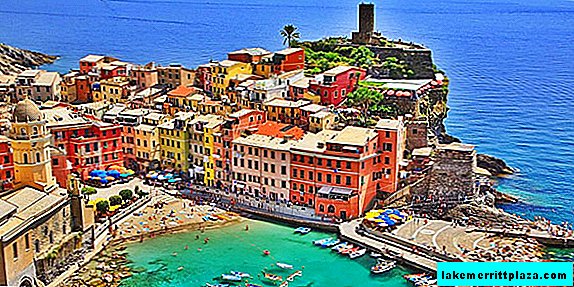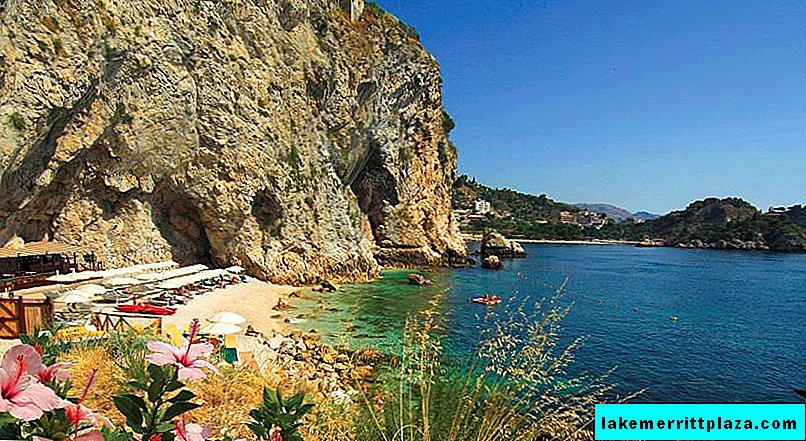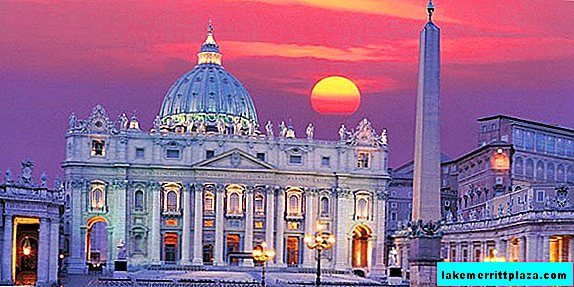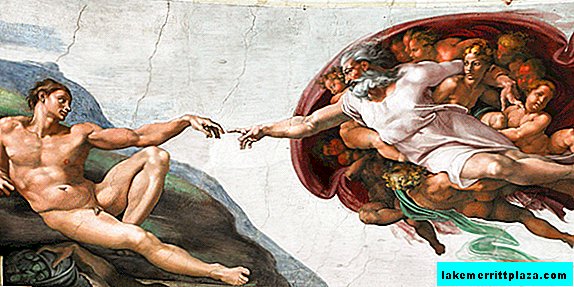Vernazza is a small town in the Italian province of Spezia in the Liguria region, one of the five that make up the Cinque Terre National Park of Italy. The picturesque cliffs surrounding a small bay, colorful houses closely clinging to each other on the very shore of the sea, the calm, even peaceful atmosphere of this place will not leave indifferent any tourist. Many who have been here claim that Vernazza is the very romantic, vibrant, cheerful Italy that they dreamed of seeing.
History and Modernity
The settlement on the site of the modern city of Vernazza appeared in the era of the Roman Empire and until the end of the 13th century was jointly owned by three powerful and noble families. From those times in the town there are many old architectural buildings that are adjacent to the streets of Vernazza with modern buildings. However, such a neighborhood does not destroy the picture of universal integrity and harmony, but only enhances the impression.
Now in Vernazza lives no more than a thousand people, so you can call it not only the most beautiful, but also the quietest town in the Cinque Terre. Since Vernazza is part of the national park, cars are not allowed here. Such a ban has a beneficial effect on the local ecology - it is difficult to find cleaner air somewhere in Italy.
Beaches and Attractions
Few people come to Vernazza for a beach holiday, so there are only two beaches in the city, and even those are very small. One of them is located right in the center of the city, the other, a little more - a 5-10 minute walk from the first, outside Vernazza. To get to the second beach, you need to go through the cave, which is located near the main square of the city. On the pier by the beach, you can rent a yacht or boat and take an exciting boat trip.
Vernazza is famous not only for its beautiful nature, clean air and gentle sea. Of particular interest are its architectural attractions, the main of which is the Bastione Belforte tower at the castle of Doria (Castello dei Doria), built in the XI century. The tower is a recognized symbol of the city; its images are often placed on souvenirs. Excursions are regularly held around the castle and the tower, and magnificent panoramas open from the viewing platforms located there.
Of the religious monuments of architecture, the most famous church, built in honor of St. Margarita of Antioch in 1318 (Chiesa parrocchiale di Santa Margherita d'Antiochia).
It is built in the Ligurian Gothic style and is crowned with an octagonal tower. True, she did not preserve the original appearance due to alterations and extensions made over hundreds of years.
Opposite the church of Margarita of Antioch is an old Palace with galleries, where residents of Vernazza most often make appointments. Not far from it is Reggio Cathedral (Santuario di Nostra Signora di Reggio), built in the XI century and dedicated to the highly revered image of the Black Madonna in Italy.
True, to get there, you will have to overcome a rather steep climb, but the unique attraction is worth it.
How to get there
You can get to the city of Vernazza by train from La Spezia - the journey takes 18-20 minutes, the ticket costs 2.4 euros.
Typically, tourists in one day “gallop for a tick” go around all 5 cities of the national park, but we recommend that you spend at least 2-3 days of rest there.
You can get from Rome to Vernazza through La Spezia, if you buy at least a day on the official website trenitalia.com, a ticket will cost you 29-45 euros. With proper travel planning and booking tickets and hotels for several months, sometimes you can significantly save 2-3 times.
Useful links:








